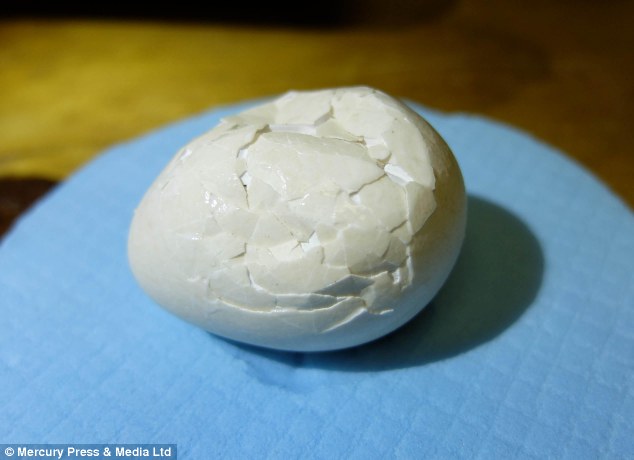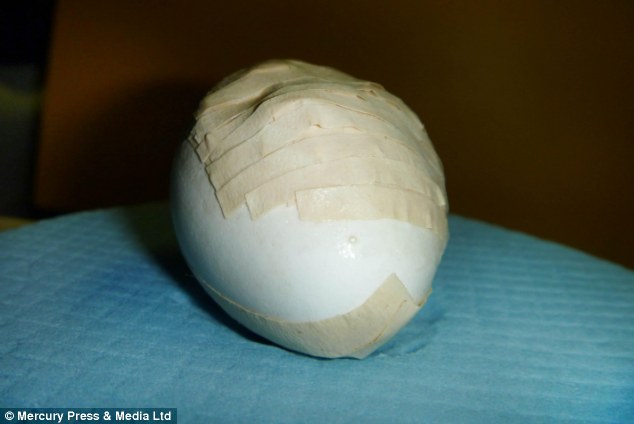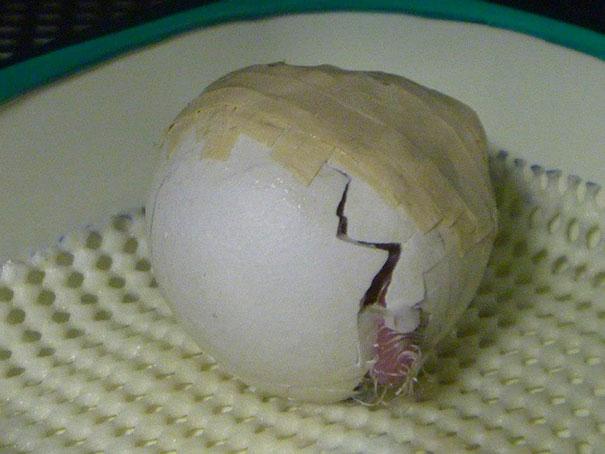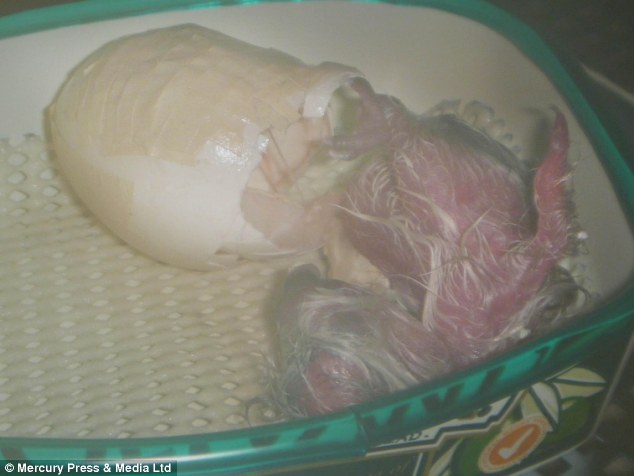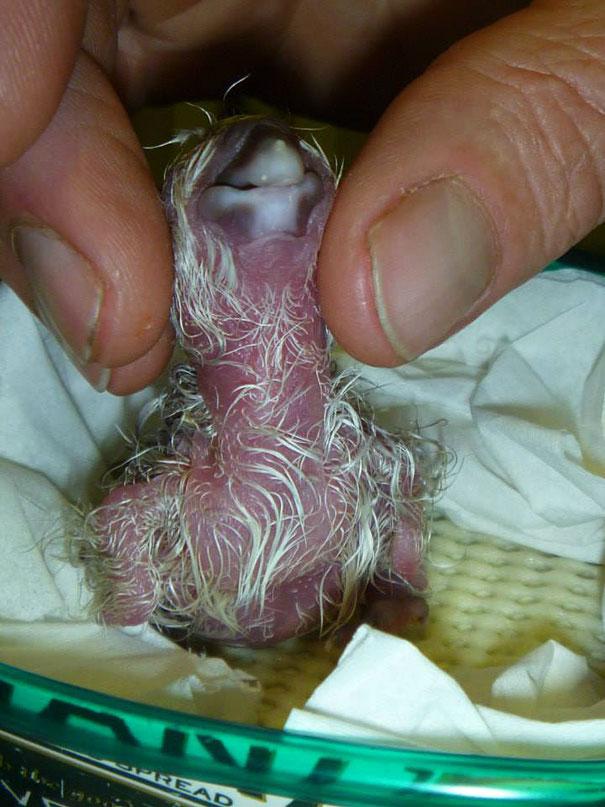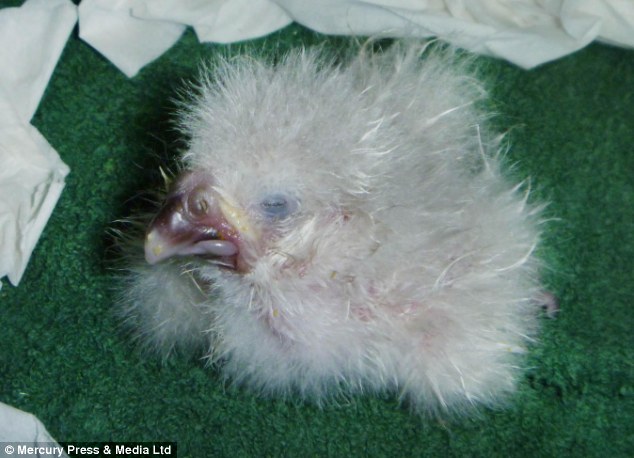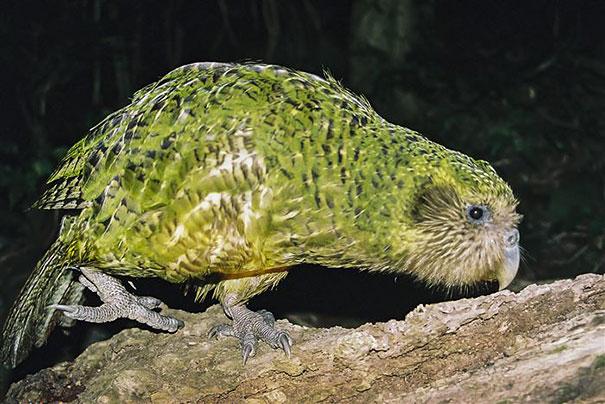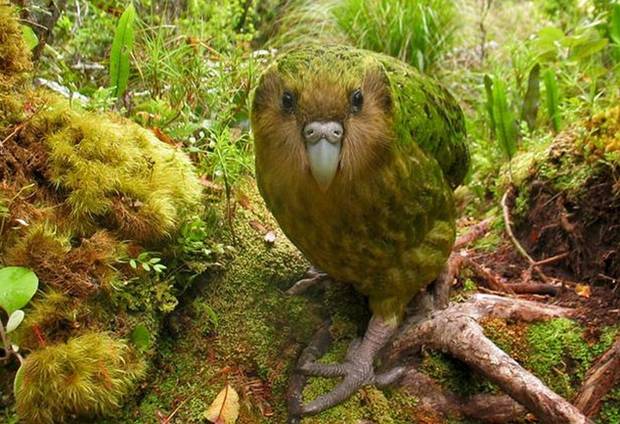The Art Of Saving An Extremely Rare Parrot’s Crushed Egg Using Glue And Tape
The long-shot success story of Lisa One, a kakapo parrot chick whose life was saved by New Zealand conservationists after her mother Lisa accidentally crushed her egg.
Some 3 weeks ago, ranger Jo Ledington in New Zealand found this rare Kakapo parrot egg
The Kakapo egg was found crushed in its mother's nest, but only the shell had been broken, meaning the chick was still alive
Image via dailymail.co.ukThe egg was accidentally crushed by its mother, so Jo used some tape and glue to repair it
Staff at the Kakapo Recovery Centre in New Zealand repaired the egg using clue and tape and placed it in an incubator
Image via imgur.comLisa One, named so as it is the first of five eggs to be hatched from their mother Lisa, entered the world...
The tiny chick has been named Lisa One, for now, until the sex has been determined
Image via dailymail.co.ukBasically, there were only about 125 kakapos in the whole world – now there’s 1 more
A conservation worker holds up the Kakapo chick's head to show just how tiny it is at birth
Image via imgur.comIt will take weeks before Lisa one is joined by his or her siblings, until then, conservation workers will do their best to keep it safe and warm
Image via dailymail.co.ukHere’s Lisa One at 11 days
Lisa One will grow to have mottled moss-green feathers which will help him or her use camouflage as the main form of defence
Image via imgur.comAnd this is what a fully grown kakapo parrot looks like
The Kakapo, also called owl parrot, is the heaviest parrot species in the world and the only one which cannot fly
Image via imgur.comWhy was Lisa One’s successful birth so important? Because of how rare the kakapo is – only 125 of the birds exist.
Their population was devastated when rats and cats were introduced to New Zealand by European settlers. Before these animals were introduced, the flightless kakapo’s only natural predator was the eagle.
Preserving the kakapo is important not just to maintain New Zealand’s biodiversity, but because they’re truly extraordinary birds. Not only are they the world’s heaviest parrot at 2-4kg, they are also possibly the longest-lived bird in the world, with a life expectancy of 95 years – and some have even lived to 120.
Kakapos are also notable for their friendly behaviour and have been commonly kept as pets by both the Māori and European settlers
The English ornithologist George Edward Grey (who wrote the first formal descriptions of the parrot in 1845) said that his own pet kakapo’s behaviour towards him was “more like that of a dog than a bird”. Wild kakapo readily approach strangers and are known to climb and even preen them.
However, kakapos' friendliness might not always be welcome: This clip shows a hand-reared kakapo named Sirocco attempting to mate with the zoologist Mark Carwardine as a chuckling Stephen Fry looks on
Carwardine might have mixed feelings about the encounter but for Sirocco it was his ticket to stardom: the amorous bird has leveraged his YouTube fame to become the official representative of the kakapo cause, travelling with his handler to promote the conservation efforts.
The clip above also hints at another of the kakapo’s unique qualities: its incredibly varied vocalisations. As well as making the usual ‘skraak’ noise associated with most parrots, they also make a metallic, nasal ‘ching’ noise and an amazing subsonic ‘boom’. These unique booming and chinging noises are actually part of the bird’s courtship rituals. During breeding season the males dig out saucer-like depressions in the ground which act as amplifiers for these calls, with the resulting sounds heard up to several kilometres away.
dailymail.co.uk